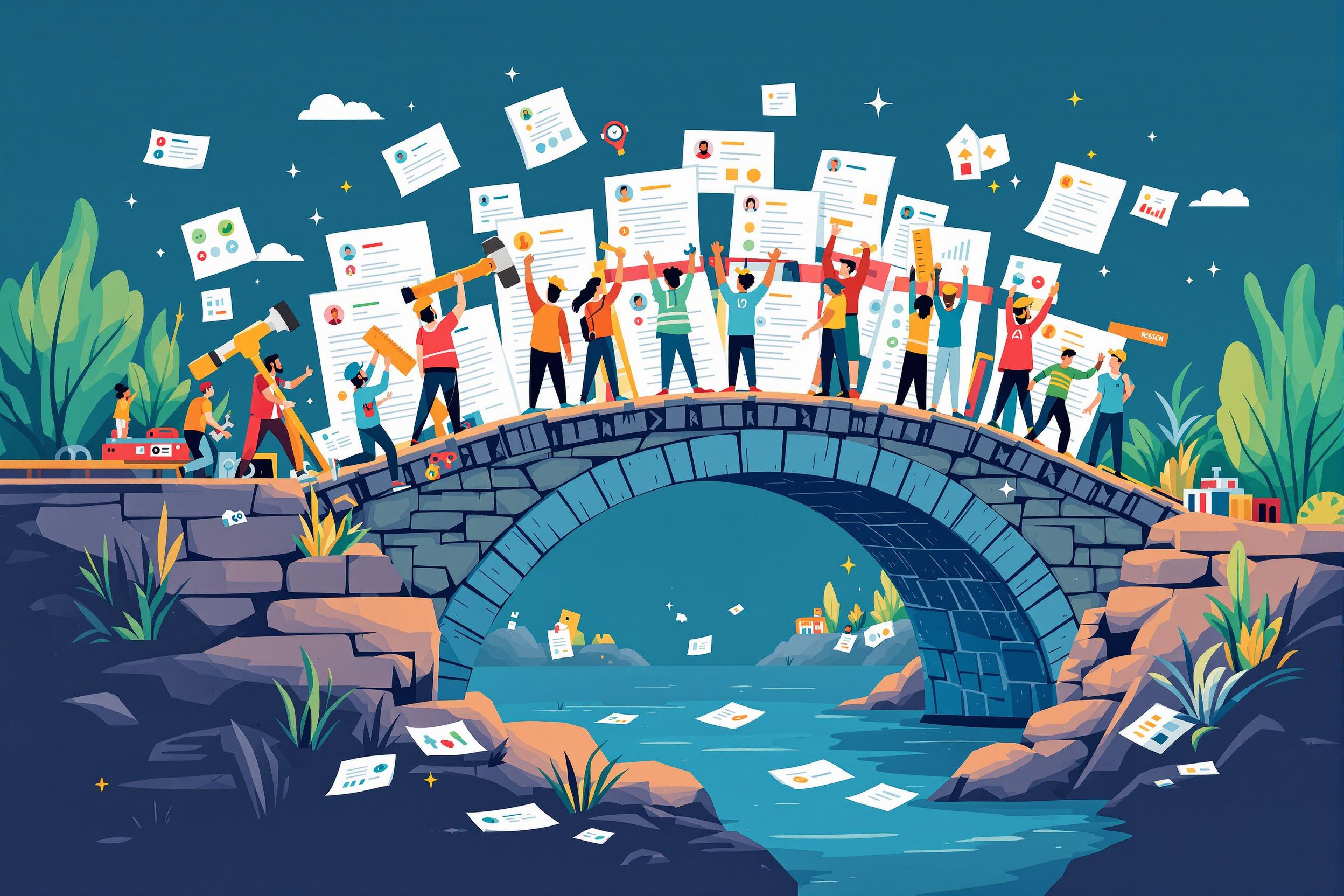
Portfolio Assessment
Portfolio Assessment is a way of evaluating students' learning by collecting and reviewing their actual work samples over time, rather than just using traditional tests. Teachers use this method to get a more complete picture of what students can do. Think of it like a collection of a student's best work – similar to how artists keep portfolios of their artwork. This approach is becoming more common in schools as it shows real-world skills and progress better than standard testing alone. You might also hear it called "Performance Assessment," "Portfolio Evaluation," or "Alternative Assessment."
Examples in Resumes
Implemented Portfolio Assessment methods across grade levels to track student growth
Created digital Portfolio Assessment system for recording student achievements
Trained staff in Portfolio Assessment and Performance Assessment techniques
Led department transition from traditional testing to Portfolio Evaluation methods
Typical job title: "Portfolio Assessment Specialists"
Also try searching for:
Where to Find Portfolio Assessment Specialists
Professional Organizations
Online Communities
Job Resources
Example Interview Questions
Senior Level Questions
Q: How would you implement a portfolio assessment system across an entire school district?
Expected Answer: Should discuss creating consistent rubrics, training staff, choosing digital platforms, ensuring fair evaluation practices, and methods for tracking long-term student growth across different grade levels and subjects.
Q: How do you ensure equity and fairness in portfolio assessment systems?
Expected Answer: Should address accommodations for different learning styles and needs, cultural sensitivity, multiple ways of demonstrating knowledge, and consistent evaluation standards across different teachers and schools.
Mid Level Questions
Q: What elements do you include in a student portfolio and why?
Expected Answer: Should mention various types of work samples, student reflections, progress tracking, assessment rubrics, and explain how these pieces work together to show student growth and achievement.
Q: How do you balance portfolio assessment with traditional grading methods?
Expected Answer: Should discuss ways to integrate portfolio assessment into existing grading systems, how to communicate progress to parents, and strategies for meeting state requirements while using alternative assessment.
Junior Level Questions
Q: What's the difference between portfolio assessment and traditional testing?
Expected Answer: Should explain how portfolio assessment looks at student work over time, focuses on progress and real-world skills, and provides a more complete picture of student abilities than single-test scores.
Q: How do you organize and manage student portfolios?
Expected Answer: Should describe basic portfolio organization methods, both physical and digital, and explain how to collect, store, and track student work samples effectively.
Experience Level Indicators
Junior (0-2 years)
- Basic portfolio organization and management
- Understanding of assessment rubrics
- Simple digital portfolio tools
- Basic documentation methods
Mid (2-5 years)
- Portfolio system implementation
- Teacher training and support
- Digital assessment platforms
- Data analysis and reporting
Senior (5+ years)
- District-wide assessment planning
- Program evaluation and improvement
- Policy development
- Cross-department coordination
Red Flags to Watch For
- No experience with student assessment methods
- Lack of knowledge about educational technology
- Poor understanding of learning standards and objectives
- No experience with rubric development
- Unfamiliar with educational privacy laws
Related Terms
Need more hiring wisdom? Check these out...

Beyond Resumes: How Competency-Based Hiring Transforms Talent Acquisition

Unlocking Hidden Talent: Spotting Transferable Skills in Non-Traditional Candidates

Micro-Internships: The Game-Changer in Project-Based Learning

